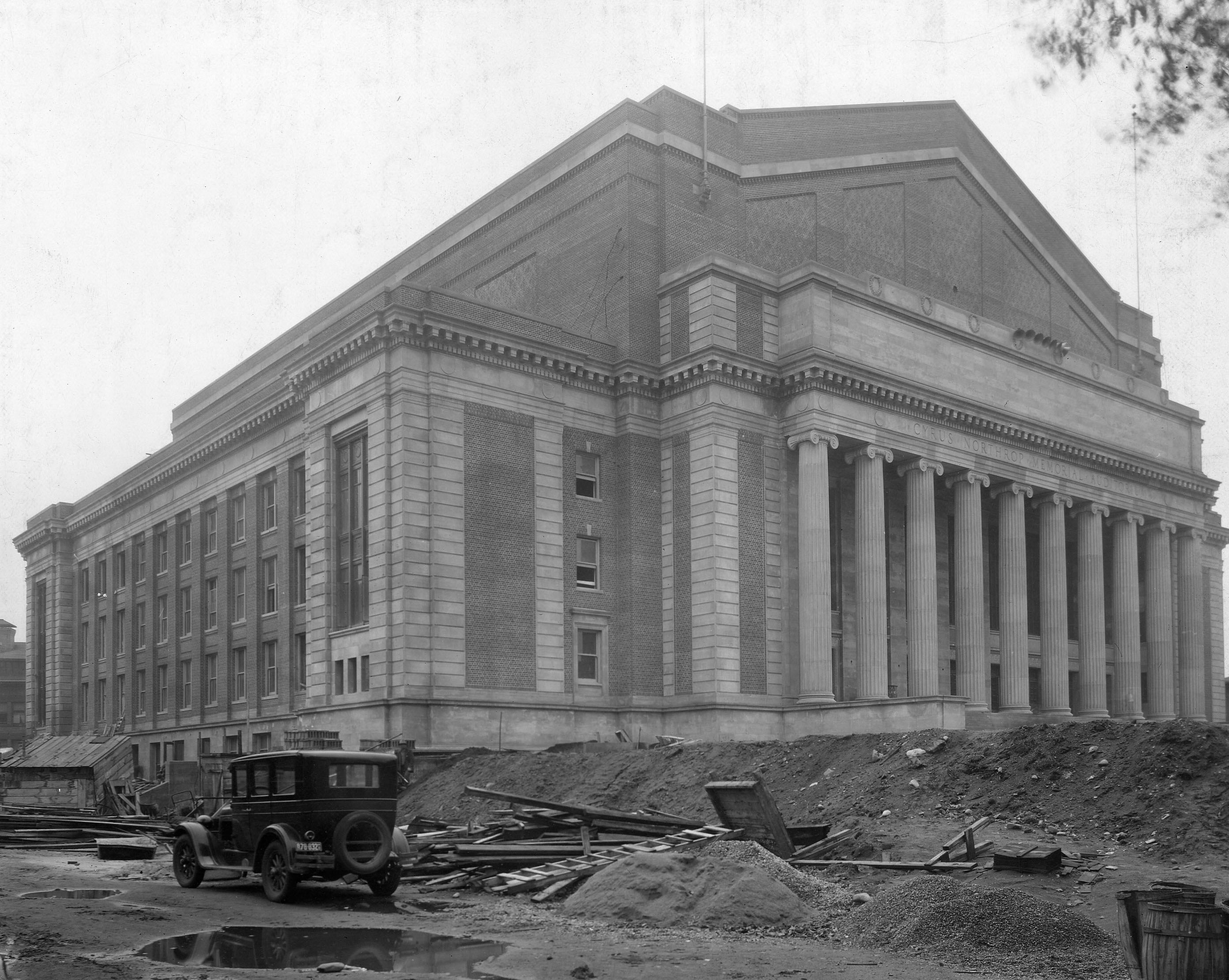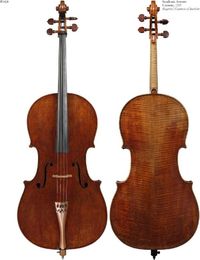By Stefan Aune of Fein Violins
Every year the South By Southwest (SXSW) festival descends on the city of Austin, Texas, bringing a deluge of film, music, and other media. The festival is particularly noted for its affiliation with hip musical acts, many of which feature stringed instrument players. Here are some of the stringed-instrument highlights of SXSW for this coming year:
Aiana String Quartet
The Aiana String Quartet, headquartered in Austin, Texas, was recently appointed the Young Professional Quartet in Residence at the University of Texas-Austin. Composed of violinists Roseminna Watson and Hanna Hurwitz, violist Mario Andreu, and cellist Jillian Bloom, each with stunning individual resumes, the quartet is noted for their outreach concerts that have taken them to music academies in California and elementary schools in Mexico. 2012 will see the quartet working with the Redlands Chamber Music Society and the Consortium of Southern California Chamber Music Presenters. If you attend SXSW be sure to check the Aiana Stringed Quartet on March 16th at the Creekside at Hilton Garden Inn, you won't be disappointed.
Every year the South By Southwest (SXSW) festival descends on the city of Austin, Texas, bringing a deluge of film, music, and other media. The festival is particularly noted for its affiliation with hip musical acts, many of which feature stringed instrument players. Here are some of the stringed-instrument highlights of SXSW for this coming year:
Aiana String Quartet
The Aiana String Quartet, headquartered in Austin, Texas, was recently appointed the Young Professional Quartet in Residence at the University of Texas-Austin. Composed of violinists Roseminna Watson and Hanna Hurwitz, violist Mario Andreu, and cellist Jillian Bloom, each with stunning individual resumes, the quartet is noted for their outreach concerts that have taken them to music academies in California and elementary schools in Mexico. 2012 will see the quartet working with the Redlands Chamber Music Society and the Consortium of Southern California Chamber Music Presenters. If you attend SXSW be sure to check the Aiana Stringed Quartet on March 16th at the Creekside at Hilton Garden Inn, you won't be disappointed.















